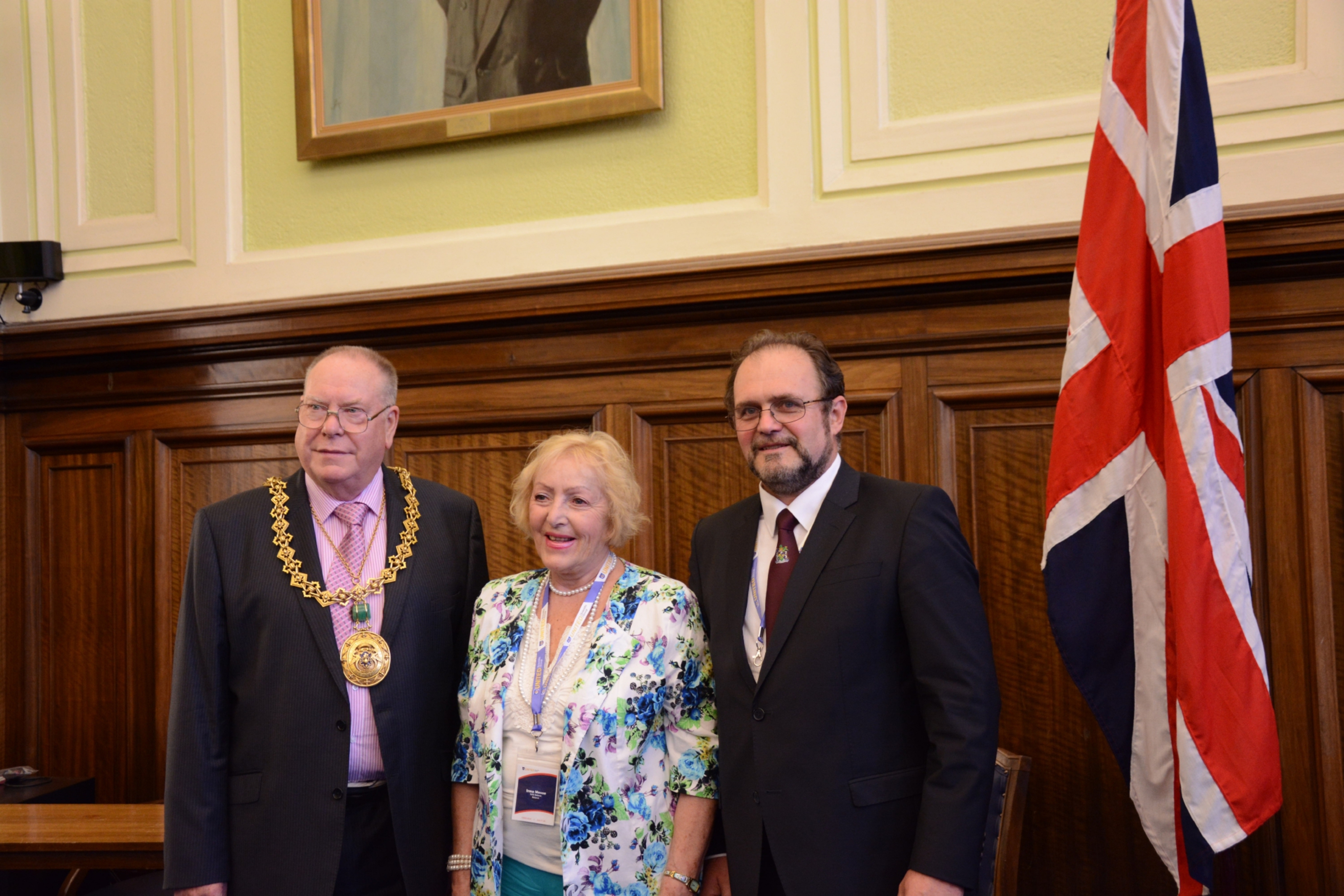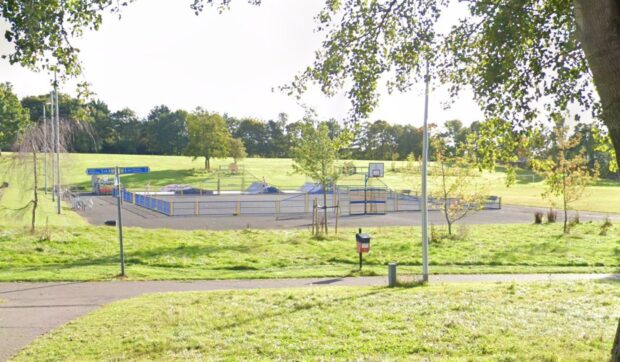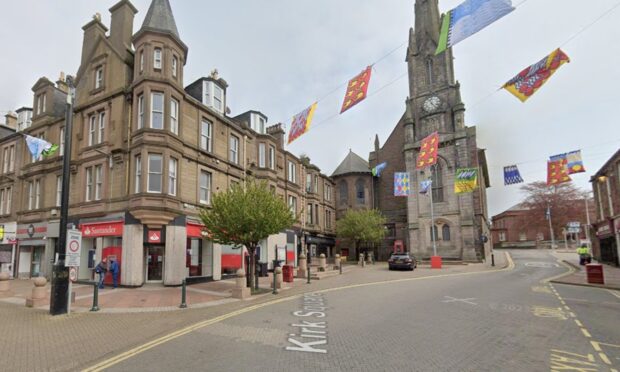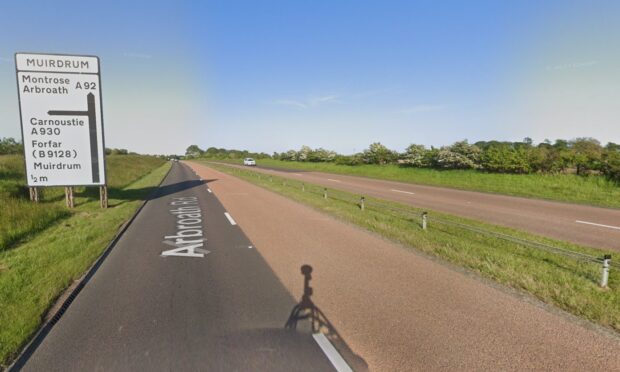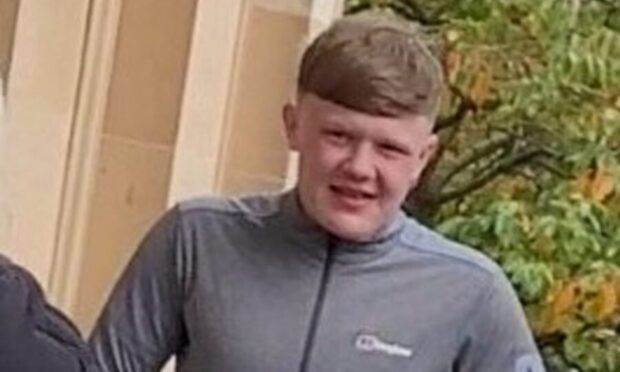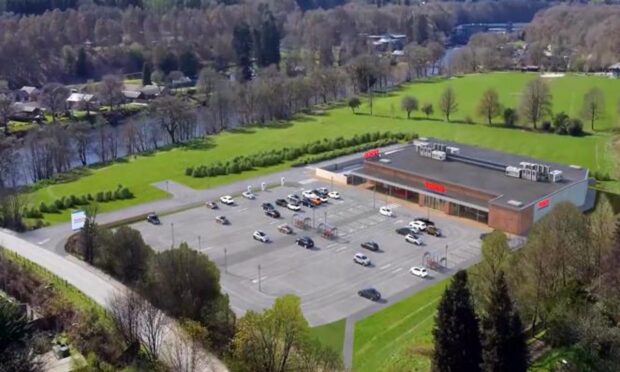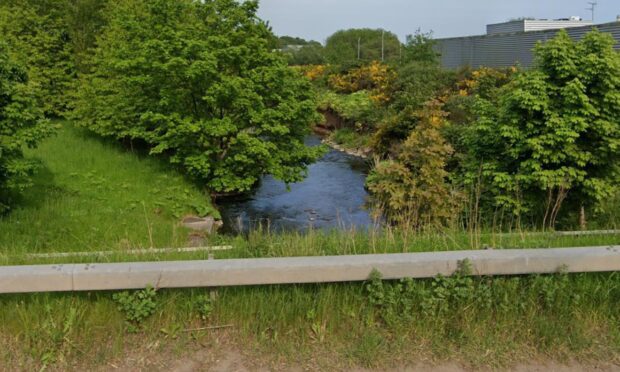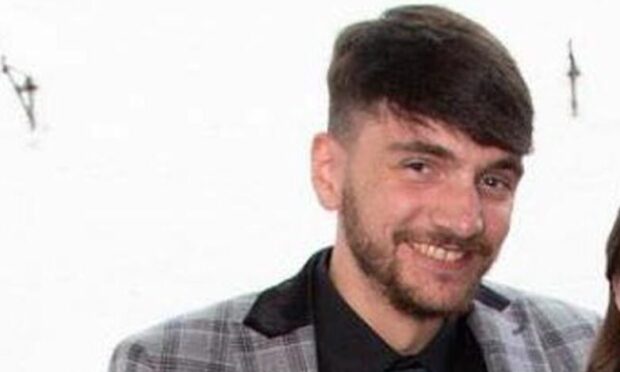A top scientist from the former Soviet Union has told an audience in Dundee that sporting success is achieved by genes and not drugs.
Professor Irma Mosse of the National Academy of Sciences in Belarus is an expert in the field of sports genetics.
She travelled to Dundee to address the International Conference of Clinical Sciences and Drug Discovery as a part of a delegation from the academy.
Professor Mosse was speaking against the background of the banning of Russian athletes from this week’s Olympic Games in Brazil because of widespread drug-taking.
Her team in the capital city of Minsk has been analysing athletic prowess and has found that humans with the best prospects of success have “champion genes.”
“There are genes of erythropoietin, myoglobin and others which help to improve oxygen transport and assists physical development and aids recovery from exertion,” she explained.
“People with more of these “champion genes” are more likely to be good athletes than people who have a lesser amount of them.”
Her team based its findings on genetics tests carried out on top Belarus athletes, including champions of thirty different sports. They were found to have a higher proportion of favourable genes than the average person.
Professor Mosse’s team has now turned its attention to research with hundreds of Belarus children.
The youngsters have undergone genetic tests to determine the presence of favourable sport genes and have been informed of the findings.
“We have given this information to their children’s families, telling them that based on their genetic make-up they have the potential to be champion athletes,” the professor revealed.
“It is then up to the children to commit to specialist training programmes to develop as athletes. The children and their families must want this to happen.
“The children we have been working with are about five years old, so we will know the success of this approach when they reach the age of about 15.
“What we are really saying is that genes make champions, not drugs.”
Professor Mosse’s research also has applications for general health, including detecting genetic predisposition to heart disease and other ailments, enabling preventative treatment to be administered.
Professor Nikolai Zhelev of Abertay University, who chaired the session at which Professor Mosse delivered her address, said: “Professor Mosse’s lecture caused a big interest at the conference , which was attended by top scientists from all continents.
“Currently the interest of scientists is shifting from drug doping to gene doping.
“We had three days of intense discussions involving academics, pharmaceutical companies and regulatory bodies”
